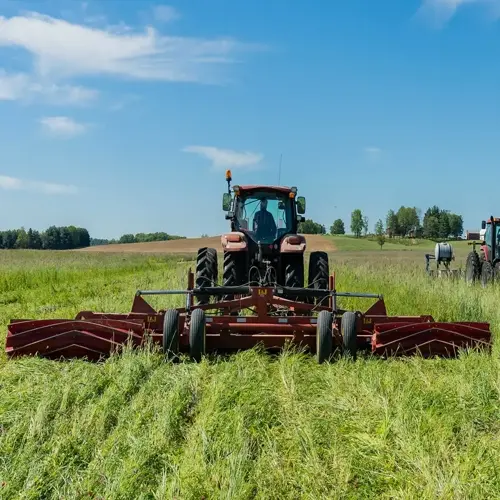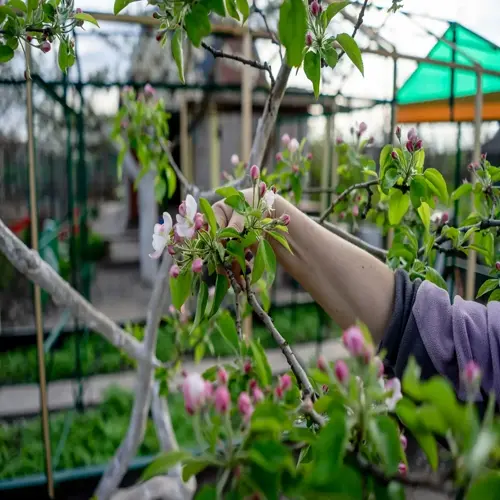How do you design a water-efficient garden?

Written by
Benjamin Miller
Reviewed by
Prof. Martin Thorne, Ph.D.Creating a water-smart landscape begins with hydrozoning, which involves grouping plants according to their water needs. Plant the thirsty plants near the downspouts and let them have rainwater. Those having moderate needs may be on a slight slope. The rest of the area may be planted with drought-tolerant plants, such as lavenders or sedums. This way, irrigation will be reduced by 40-60%.
Hydrozoning Strategies
- Create three distinct zones based on plant water needs
- Use berms and swales to direct rainwater efficiently
- Install moisture sensors to automate irrigation timing
Hardscape Integration
- Replace lawns with gravel paths and rock gardens
- Install permeable pavers that allow water infiltration
- Use dry creek beds for stormwater management
Plant Selection Criteria
- Choose native species adapted to local rainfall patterns
- Prioritize silver-leafed plants that reflect sunlight
- Select deep-rooted varieties for soil stabilization
Use contrasting textures with drought-tolerant plants whose shapes differ, pair yuccas with spiky foliage with santolinas, which mound. Combine vertical ornamental grasses with the creeping groundcover of thyme. These contrasts create visual interest and need little water. In my California designs, such treatments saved 50 % irrigation water.
Choose judicious irrigation methods to deliver precise irrigation. Use drip irrigation to supply plant zones and bubbler heads for shrubs. Install smart controllers that respond to meteorological reports. Avoid using sprinklers that waste water through evaporation and wind drift. Proper irrigation cuts watering of plants from 30% to 60%.
Use topography and structures to create microclimates. Use sunken gardens in low areas to collect run-off. Place rock outcroppings to provide afternoon shade. Use west-facing walls as heat sinks for sensitive plants. These methods help maximize the use of available natural resources without requiring additional water.
Read the full article: Top 10 Drought Resistant Plants for Gardens

